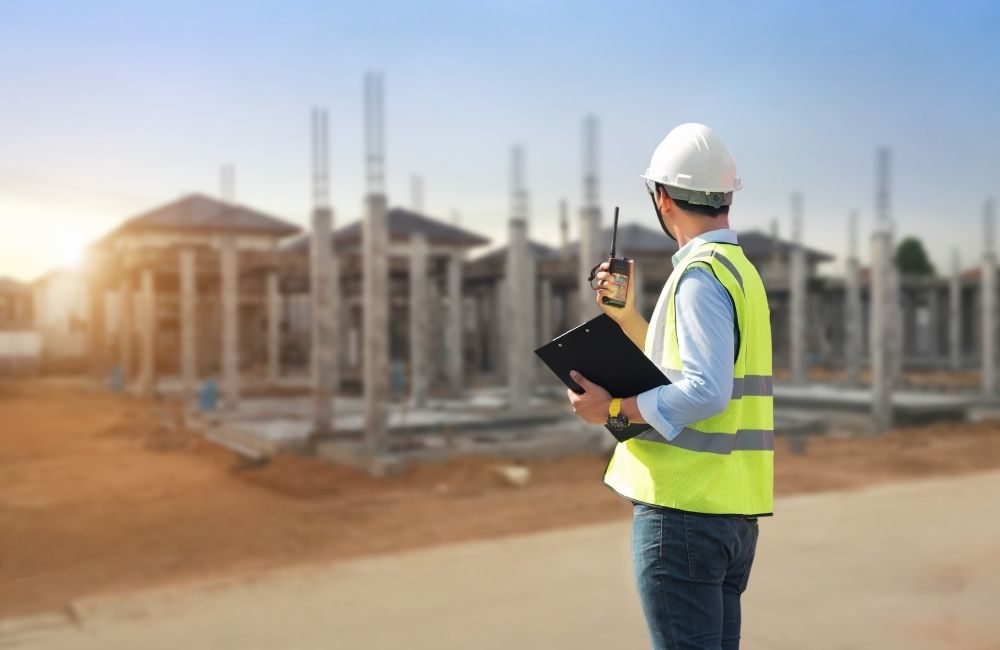One key aspect of sustainable construction is the use of eco-friendly materials that reduce environmental impact and promote a greener future. Let's delve into the top 10 eco-friendly materials leading the construction landscape.
1. Recycled Steel
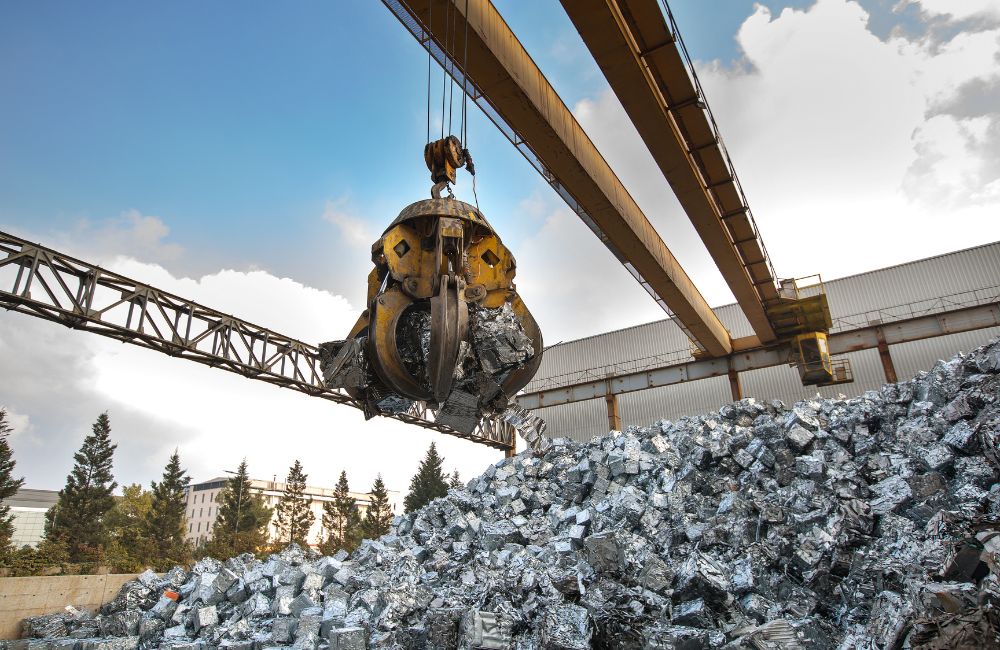 Recycled steel is steel processed and reused from existing steel products or structures. It is crucial in promoting sustainable construction by reducing the demand for new steel production and conserving resources.
Recycled steel is steel processed and reused from existing steel products or structures. It is crucial in promoting sustainable construction by reducing the demand for new steel production and conserving resources.
Benefits of Recycled Steel
- Resource Conservation: Using recycled steel reduces the need for virgin steel production, conserving natural resources.
- Energy Savings: Recycling steel consumes less energy compared to producing new steel from raw materials, contributing to sustainability.
- Waste Reduction: Recycling steel reduces the amount of steel waste in landfills, minimizing environmental impact.
- Durability: Recycled steel retains its durability and strength, making it a reliable material for construction projects.
- Cost-Effectiveness: Incorporating recycled steel can benefit both the environment and project budgets in sustainable construction initiatives.
2. Bendable Concrete
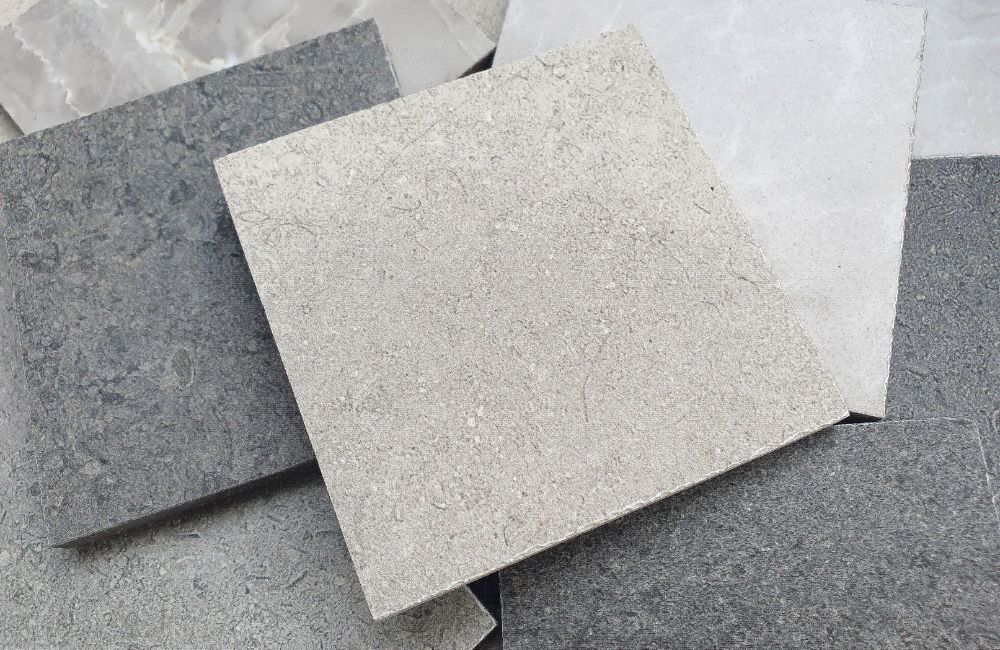 Bendable concrete is a modern type of concrete that can flex and move. This feature makes it less likely to crack and break, which is great for building stronger structures. When it comes to sustainable construction, bendable concrete is a game-changer because it lasts longer and reduces the need for repairs.
Bendable concrete is a modern type of concrete that can flex and move. This feature makes it less likely to crack and break, which is great for building stronger structures. When it comes to sustainable construction, bendable concrete is a game-changer because it lasts longer and reduces the need for repairs.
Benefits of Bendable Concrete
- Less Cracking: It bends under pressure and doesn’t crack as easily as regular concrete.
- Durability: Buildings made with bendable concrete can withstand more wear and tear.
- Reduced Maintenance: Its strength means less need for fixing and rebuilding.
- Resource Efficient: Using bendable concrete saves materials and energy, making construction more sustainable.
- Longevity: Structures last longer, reducing the environmental impact of rebuilding or frequent repairs.
3. Mycelium
 Mycelium is a natural material derived from fungi that shows great promise in sustainable construction practices. While mycelium bricks lack the compressive strength of conventional bricks, withstanding only 0.2 MPa compared to 28 MPa, they are significantly lighter at 43 kg/m3, making them suitable for non-load-bearing structures despite their lower weight-bearing capacity.
Mycelium is a natural material derived from fungi that shows great promise in sustainable construction practices. While mycelium bricks lack the compressive strength of conventional bricks, withstanding only 0.2 MPa compared to 28 MPa, they are significantly lighter at 43 kg/m3, making them suitable for non-load-bearing structures despite their lower weight-bearing capacity.
Benefits of Mycelium
- Biodegradable: Mycelium is biodegradable, which breaks down naturally without harming the environment.
- Renewable Resource: It can be grown quickly in controlled conditions, making it a sustainable choice.
- Low Energy Production: Mycelium-based materials require less energy than conventional building materials.
- Insulation Properties: Mycelium has natural insulation properties, reducing the need for additional insulation materials.
- Waste Reduction: Mycelium can be grown using agricultural waste or by-products, further reducing waste in construction processes.
4. Rammed Earth
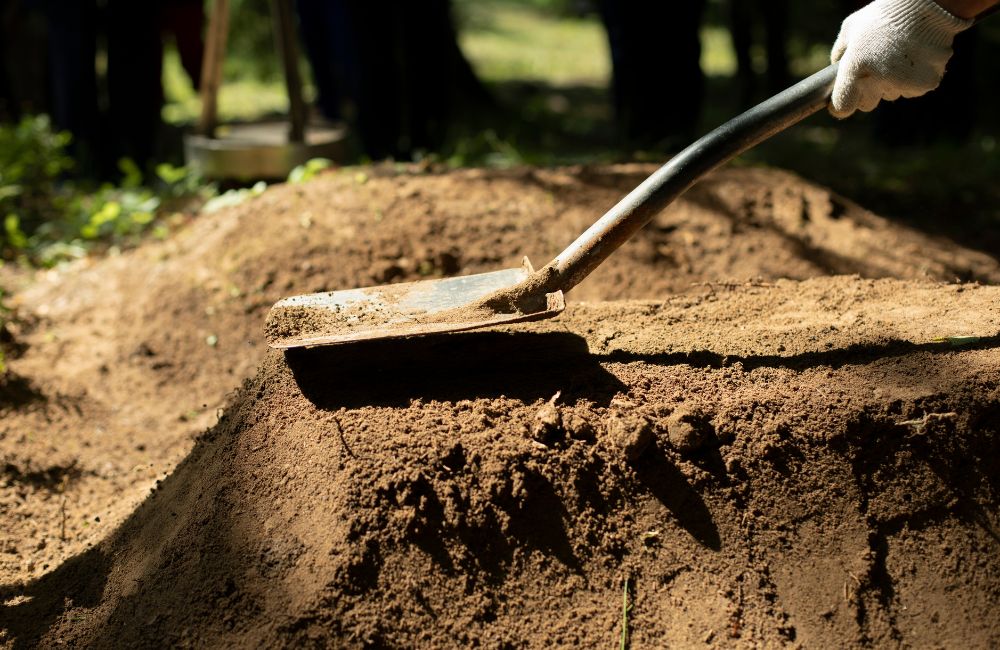 Rammed earth is an ancient building technique that compresses layers of earth, clay, sand, and gravel to create sturdy walls. This method aligns with sustainable construction principles by utilizing natural materials and minimizing environmental impact.
Rammed earth is an ancient building technique that compresses layers of earth, clay, sand, and gravel to create sturdy walls. This method aligns with sustainable construction principles by utilizing natural materials and minimizing environmental impact.
Benefits of Rammed Earth
- Natural Materials: Rammed earth uses locally sourced natural materials, reducing the carbon footprint associated with transportation.
- Energy Efficiency: Rammed earth walls' thermal mass helps regulate indoor temperatures, reducing the need for heating and cooling energy.
- Durability: Rammed earth structures are long-lasting and require minimal maintenance, contributing to sustainable building practices.
- Fire Resistance: Rammed earth walls have excellent fire-resistant properties, enhancing building safety and resilience.
- Aesthetic Appeal: Rammed earth walls' unique texture and color variations add a natural and rustic charm to buildings, promoting sustainable design aesthetics.
5. Salvage Materials
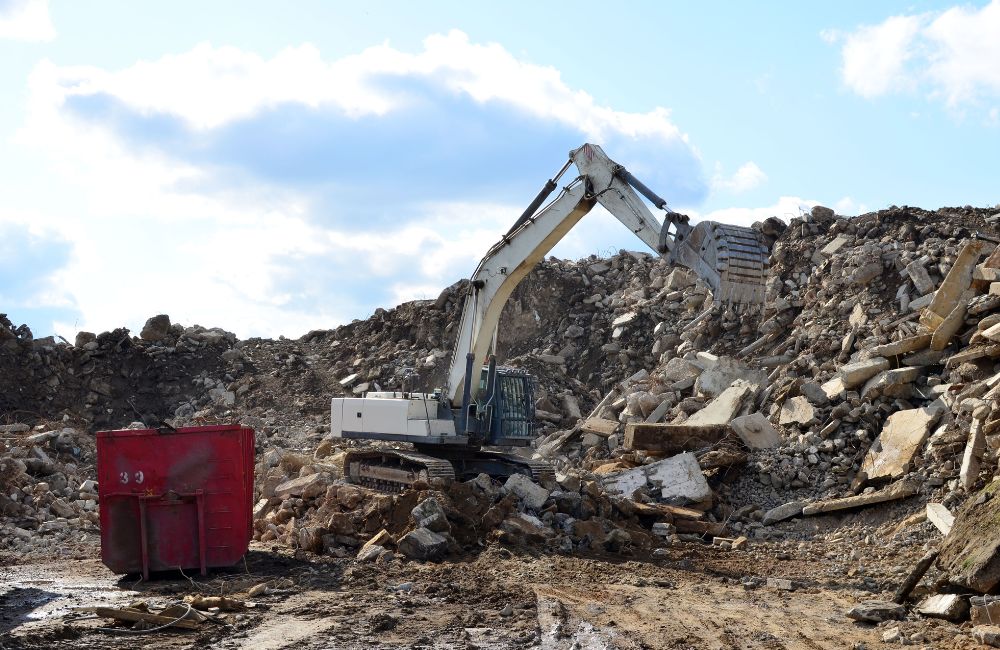 Salvage materials are items that are reused from old buildings or structures. This eco-friendly practice supports sustainable construction by reducing waste and conserving resources. Salvage materials can include wood, bricks, doors, and fixtures.
Salvage materials are items that are reused from old buildings or structures. This eco-friendly practice supports sustainable construction by reducing waste and conserving resources. Salvage materials can include wood, bricks, doors, and fixtures.
Benefits of Salvage Materials
- Waste Reduction: Using salvaged materials prevents them from ending up in landfills, reducing environmental impact. For reference, the EPA reports that building construction, renovation, and demolition activities generate a staggering 170 million tons of waste annually.
- Resource Conservation: It saves resources like wood and metal by giving them a second life in new construction projects.
- Energy Savings: Repurposing salvaged materials requires less energy than producing new ones, contributing to sustainability.
- Unique Character: Salvage materials often have a unique aesthetic and historical value, adding character to buildings.
- Cost-Effective: Using salvaged materials can be more affordable than buying new ones, making it a budget-friendly option for sustainable construction.
6. 3D Printed Concrete
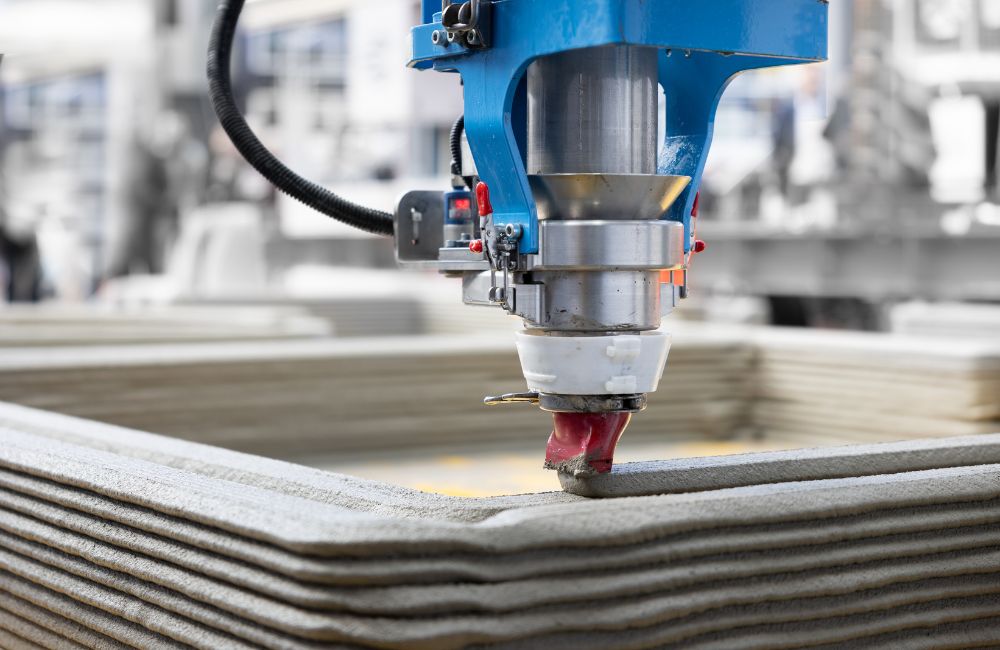 3D printed concrete is an innovative construction method that uses additive manufacturing techniques to create concrete structures layer by layer. This technology holds great potential for sustainable construction by reducing material waste and energy consumption.
3D printed concrete is an innovative construction method that uses additive manufacturing techniques to create concrete structures layer by layer. This technology holds great potential for sustainable construction by reducing material waste and energy consumption.
Benefits of 3D Printed Concrete
- Material Efficiency: 3D printing allows for precise material usage, minimizing waste during construction.
- Energy Savings: The additive manufacturing process consumes less energy than traditional concrete pouring methods.
- Customization: 3D printing enables complex and customized designs, optimizing the use of materials and space.
- Reduced Labor: With automation, 3D printing reduces the need for manual labor, making construction more efficient.
- Environmental Impact: By using sustainable materials in 3D printing, such as recycled aggregates or bio-based additives, the environmental footprint of construction projects can be further reduced.
7. Hempcrete
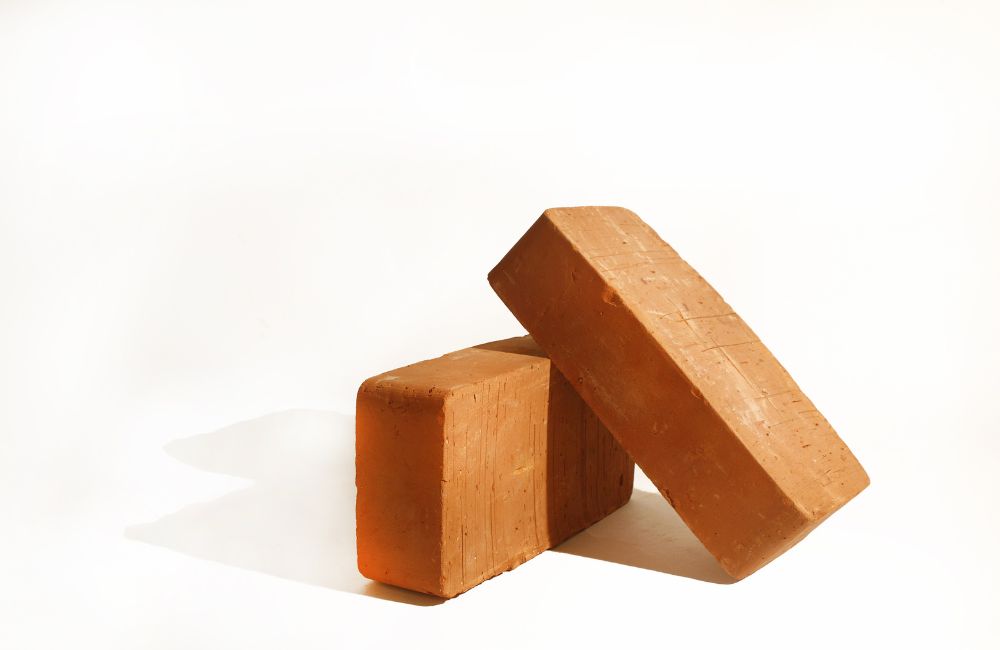 Hempcrete is a sustainable construction material made from hemp fibers, lime, and water. It offers several benefits that contribute to sustainable construction practices and environmental conservation.
Hempcrete is a sustainable construction material made from hemp fibers, lime, and water. It offers several benefits that contribute to sustainable construction practices and environmental conservation.
Benefits of Hempcrete
- Renewable Resource: According to the UN Environment Program (2016), building activities currently consume approximately 40% of total energy production, 25% of the world’s water, and 40% of the world’s resources. By substituting plant aggregates for mineral aggregates in building materials, contractors can significantly reduce the consumption of energy, water, and resources.
- Carbon Sequestration: Hemp absorbs carbon dioxide during its growth, which continues when used in hempcrete, making it a carbon-negative building material.
- Insulation Properties: Hempcrete provides excellent thermal insulation, reducing energy consumption for building heating and cooling.
- Moisture Regulation: It helps regulate indoor humidity levels, creating a healthier and more comfortable indoor environment.
- Non-Toxic: Hempcrete is non-toxic and doesn't emit harmful chemicals, promoting better indoor air quality and occupant health.
8. Mass Timber
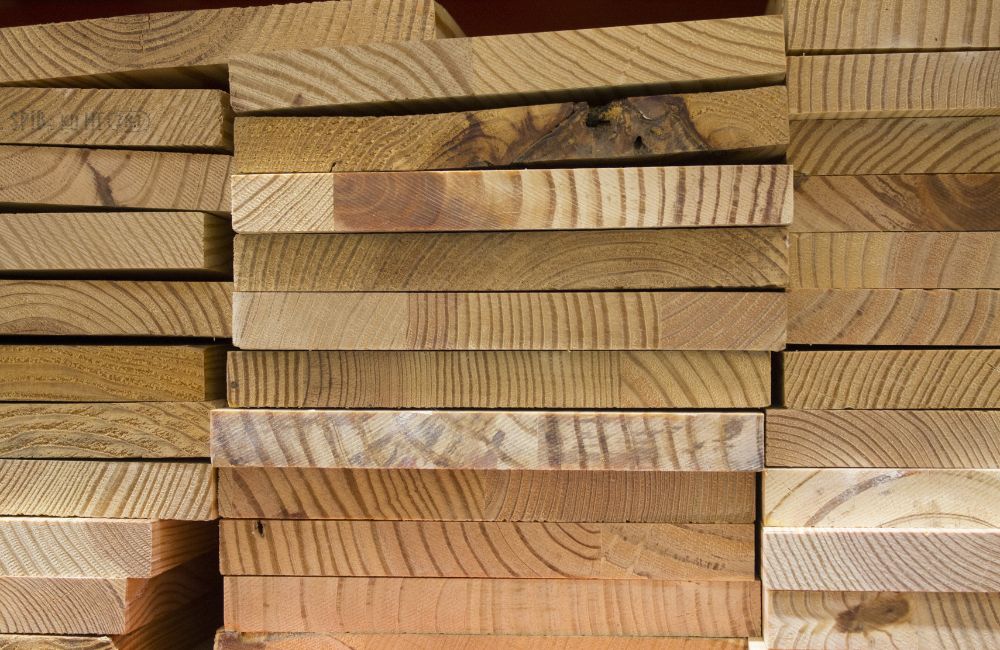 Mass timber refers to large wooden panels or beams used in buildings. It’s known for being strong and good for the environment, making it a popular choice in sustainable construction. Mass timber can significantly reduce resource depletion and reduce carbon footprint by up to three times compared to steel, thanks to its reduced CO2 emissions throughout its lifecycle.
Mass timber refers to large wooden panels or beams used in buildings. It’s known for being strong and good for the environment, making it a popular choice in sustainable construction. Mass timber can significantly reduce resource depletion and reduce carbon footprint by up to three times compared to steel, thanks to its reduced CO2 emissions throughout its lifecycle.
Benefits of Mass Timber
- Environmentally Friendly: Made from trees, it captures and stores carbon dioxide, helping to reduce greenhouse gasses.
- Renewable Resource: Trees can be regrown, making mass timber a sustainable choice.
- Energy Efficient: It takes less energy to produce mass timber compared to other construction materials like steel or concrete.
- Strong and Durable: Mass timber buildings are robust and can last long.
- Quick Construction: Mass timber can be built faster, reducing labor time and costs.
9. Precast Concrete
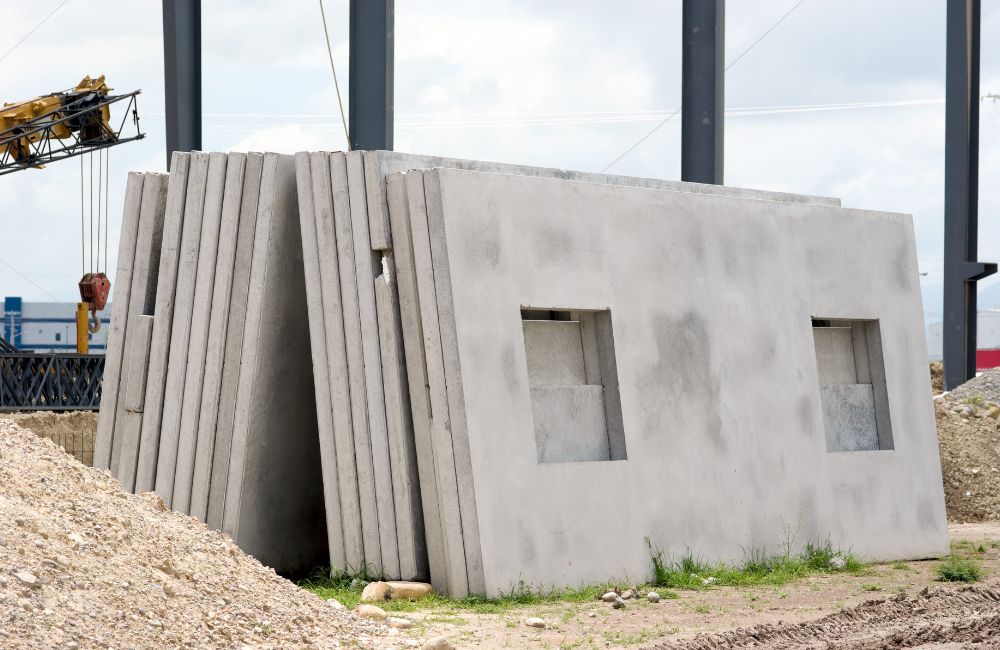 Precast concrete is a type of concrete that is pre-made in controlled environments before being transported to construction sites. It plays a significant role in sustainable construction by reducing waste and improving efficiency in building projects.
Precast concrete is a type of concrete that is pre-made in controlled environments before being transported to construction sites. It plays a significant role in sustainable construction by reducing waste and improving efficiency in building projects.
Benefits of Precast Concrete
- Waste Reduction: Precast concrete is made in a controlled environment, minimizing material waste during production.
- Energy Efficiency: Its production process requires less energy than traditional on-site concrete pouring methods.
- Durability: Precast concrete is known for its strength and longevity, reducing the need for frequent replacements or repairs.
- Improved Quality: Manufacturing precast concrete in controlled conditions ensures higher quality and consistency in the final product.
- Less Disruption: Since precast elements are ready-made, construction time on-site is reduced, leading to less disruption to the surrounding environment and communities.
10. Bamboo
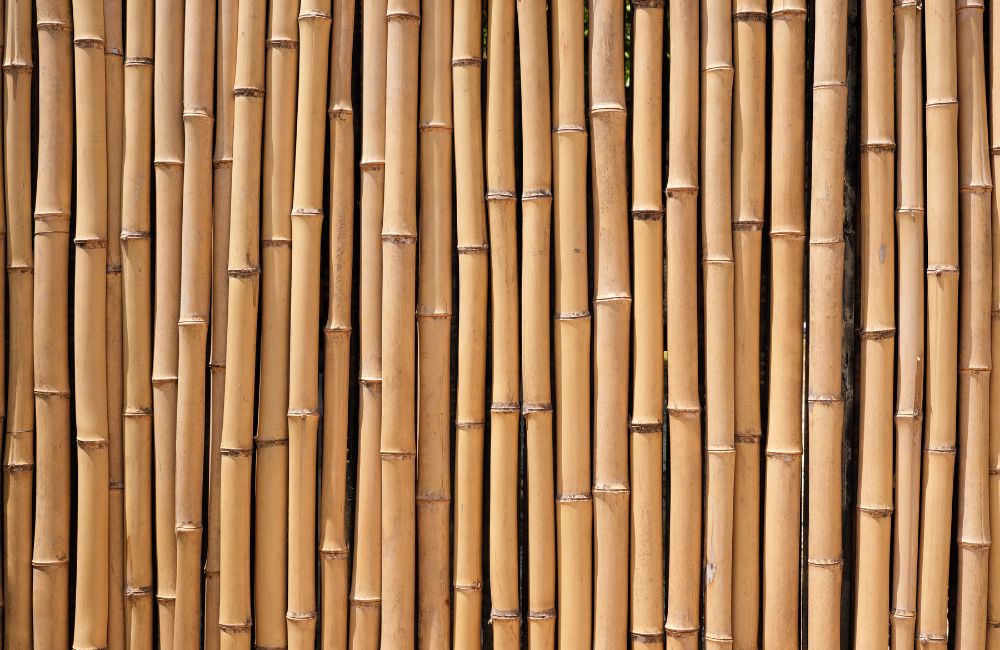 Bamboo is a fast-growing plant gaining popularity in construction for its eco-friendly properties. It's a renewable resource and supports sustainable construction by reducing environmental impact.
Bamboo is a fast-growing plant gaining popularity in construction for its eco-friendly properties. It's a renewable resource and supports sustainable construction by reducing environmental impact.
Benefits of Bamboo
- Renewable: Bamboo grows quickly and can be harvested in a few years, unlike trees that take decades to mature.
- Carbon Absorption: Bamboo absorbs carbon dioxide from the atmosphere, helping to combat climate change.
- Strength: Despite being lightweight, bamboo is incredibly strong, making it suitable for various construction purposes.
- Versatility: It can be used for flooring, walls, furniture, and even as a structural material.
- Low Environmental Impact: Bamboo cultivation requires less water and pesticides than other crops, making it a sustainable choice.
Why Eco-Friendly Materials Matter
When discussing the future of construction, sustainability is a key topic. The building sector is a major contributor to greenhouse gas emissions (GHG), with occupied buildings accounting for nearly 40% of global GHG emissions, as reported by Architecture2030.
Here are 10 compelling reasons why eco-friendly materials matter for sustainable construction:
- Buildings are a significant source of greenhouse gas emissions, contributing to climate change.
- The extraction and use of raw materials in construction contribute to resource depletion.
- Promoting sustainable practices ensures a healthier environment for future generations.
- Using eco-friendly materials minimizes the negative impact of construction activities on ecosystems and biodiversity.
- The construction sector is responsible for reducing its environmental footprint.
- Embracing eco-friendly materials demonstrates a commitment to sustainability and responsible business practices.
- Sustainable construction practices can lead to cost savings over the long term.
- Investing in eco-friendly materials and technologies can attract environmentally-conscious clients and investors.
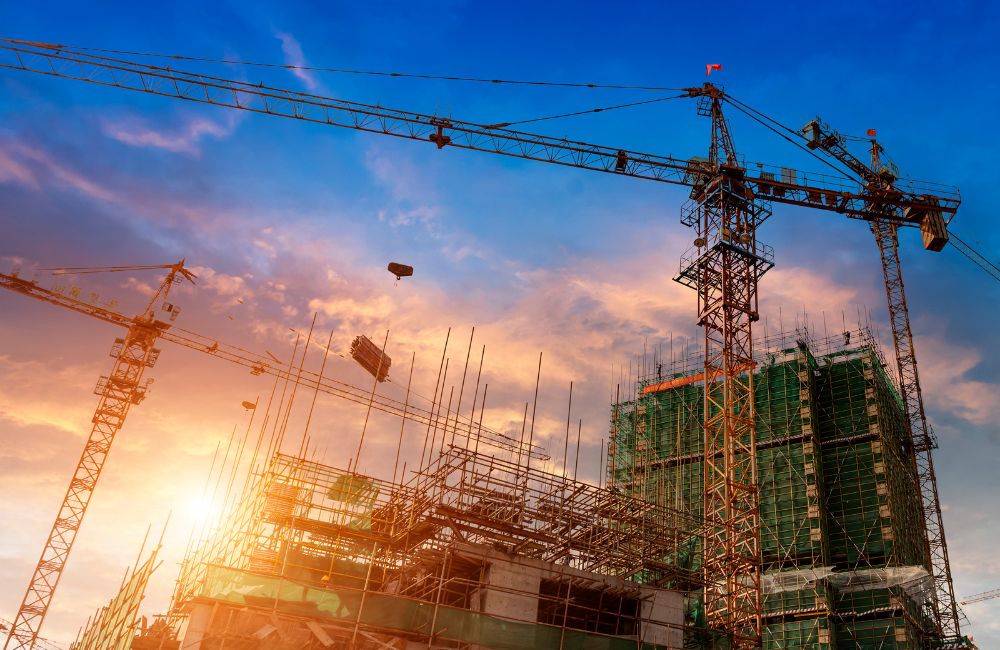 Build a Sustainable Future with Claris Design•Build
Build a Sustainable Future with Claris Design•Build
Using eco-friendly materials reduces environmental impact and ensures a better future for all. Claris Design•Build, a leading commercial construction company, understands the importance of sustainable construction. Our commitment to implementing sustainable practices sets us apart in the industry. Contact us today to explore how our expertise in eco-friendly construction can benefit your business.



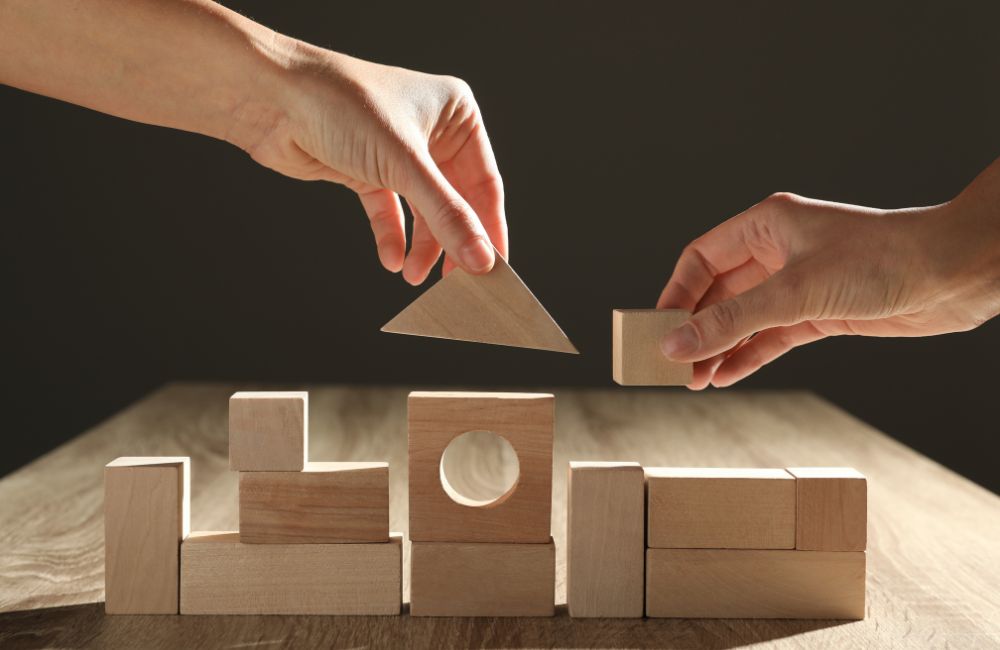
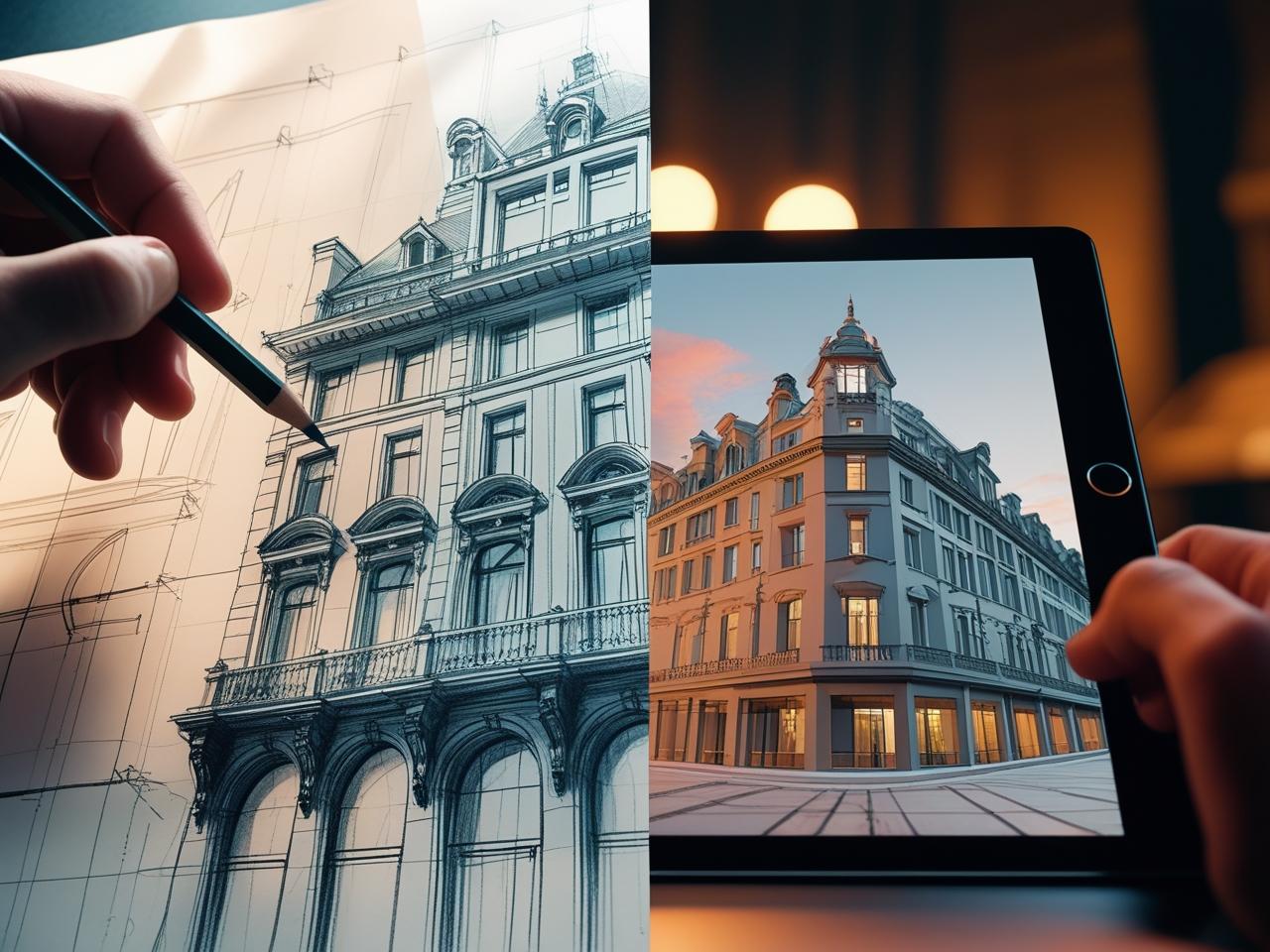
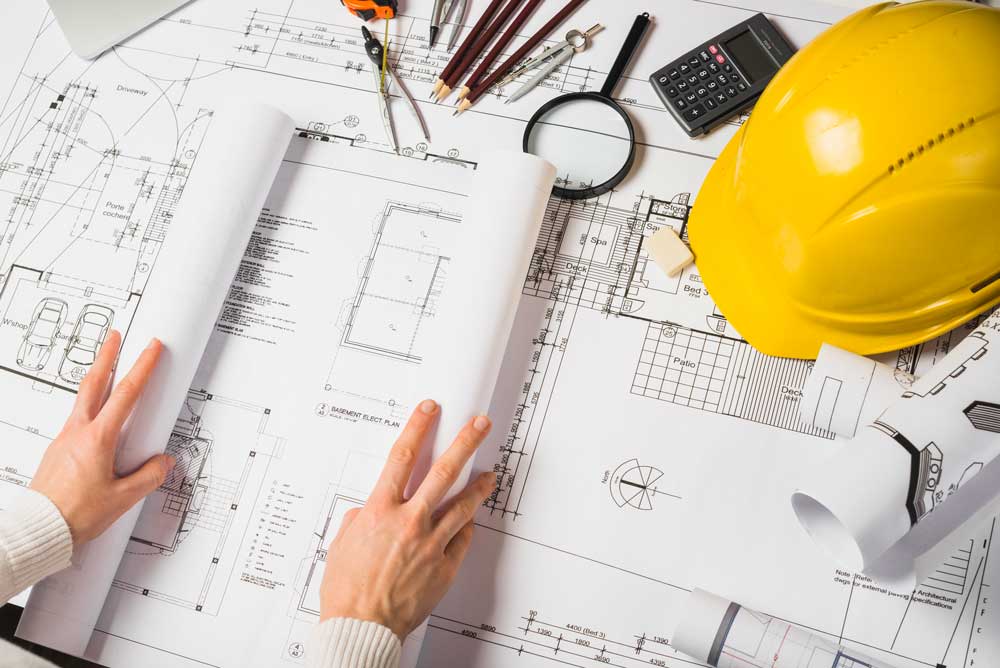

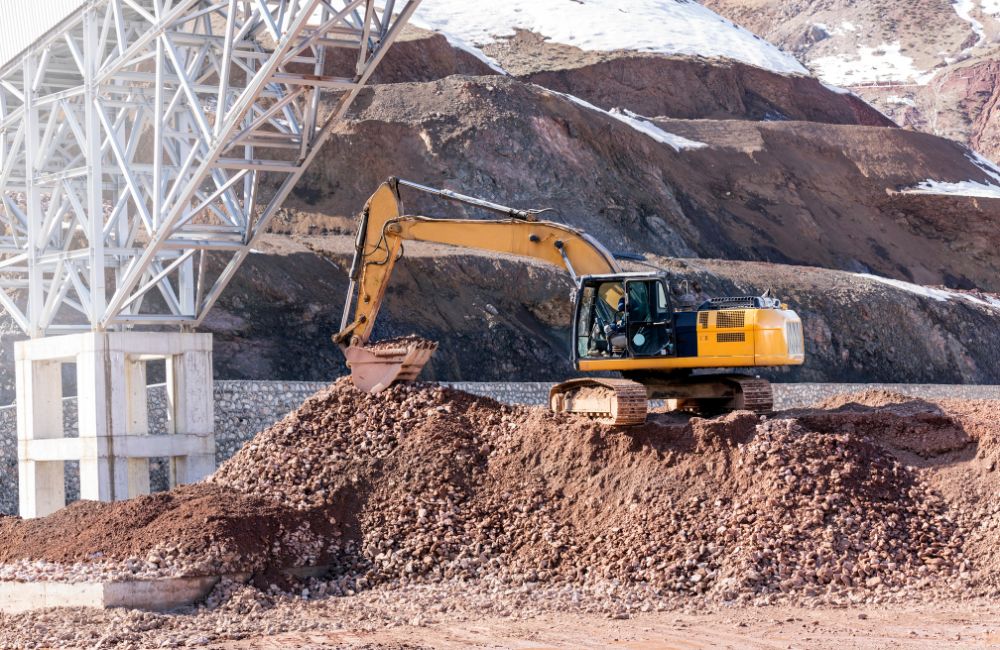
![[2025 UPDATE] Commercial Construction Cost per Square Foot in the US](https://www.clarisdesignbuild.com/wp-content/uploads/2025/04/2025-UPDATE-Commercial-Construction-Cost-per-Square-Foot-in-the-US-3.jpg)
